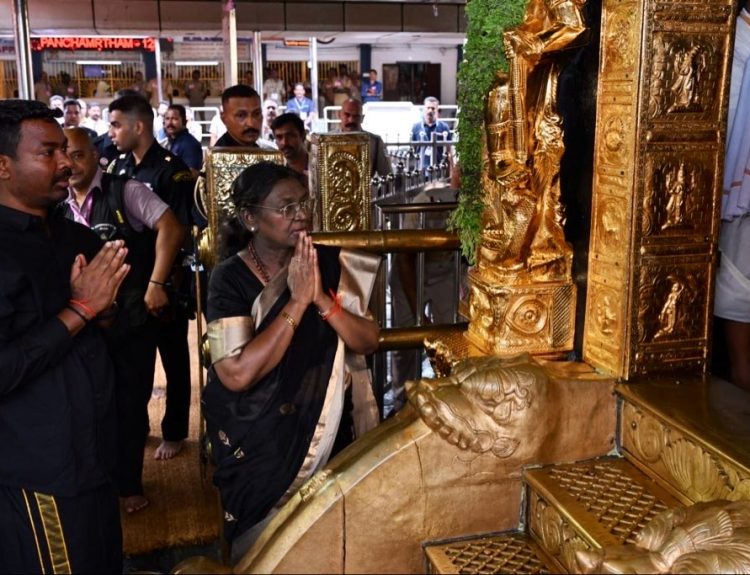CMFRI open house offers fascinating glimpse into wonders of marine life :Marine mammal conservation efforts take centre stage at CMFRI fest
Display of a massive skeleton of Bryde’s whale became a centre of attraction for large crowds at the open house held at ICAR-Central Marine Fisheries Research Institute (CMFRI) on Monday as part of its 78th Foundation Day celebrations.
The event also offered a fascinating glimpse into the wonders of marine life, with conservation efforts of marine mammals and other endangered species getting particular attention. The exhibition turned out to be a powerful visual aid to create public awareness of whale standings and CMFRI’s ongoing research works on stock assessment of marine mammals in Indian waters.
Aimed at conveying the message of conservation, illustrated stickers of 19 protected species such a whale shark, Humphead wrasse and sea horse were distributed among the students.
CMFRI’s national marine biodiversity museum that housed 2856 specimens, laboratories, marine aquarium, library, hatcheries, and agricultural technology centre were open to the public at the open house exhibition. Large number of students flocked to the institute to watch a ringside view of diverse marine life, including fishes, molluscs, algae, sea snakes, crustaceans, precious pearls and shell jewellery.
The exhibition illustrated the terrifying effect of marine litter through an art installation depicting ocean strata. This visual representation highlighted the threat of plastic wastes to the marine resources and delicate ecosystem. A popular whale shark selfie-point also drew attention, educating visitors about the urgent need to conserve this gentle giant.
The fisheries laboratories showcased a range of captured fishes such as sharks, rays, swordfish, bat fish and tunas, along with shellfish varieties including prawns, lobsters, crabs and cuttle fishes. Big eye binoculars used for off-shore marine mammal survey, oceanographic instruments for assessing physical ocean parameters, seaweed cultivation method and a range of marine technological advancements were exhibited. Visitors also got the opportunity to learn about the black-soldier fly based waste management unit.
Models of cage fish farming, integrated multi-trophic aquaculture system (IMTA), recirculating aquaculture system (RAS) and biofloc farming were demonstrated. A scientist-student interaction served as a platform for exchanging knowledge on CMFRI’s research works and technological innovations in the marine fisheries sector. Laboratories related to molecular biology, bioprospecting, cell culture, fishery biology, environmental research, climate change, ocean acidification etc. also were opened to the public during the programme.








